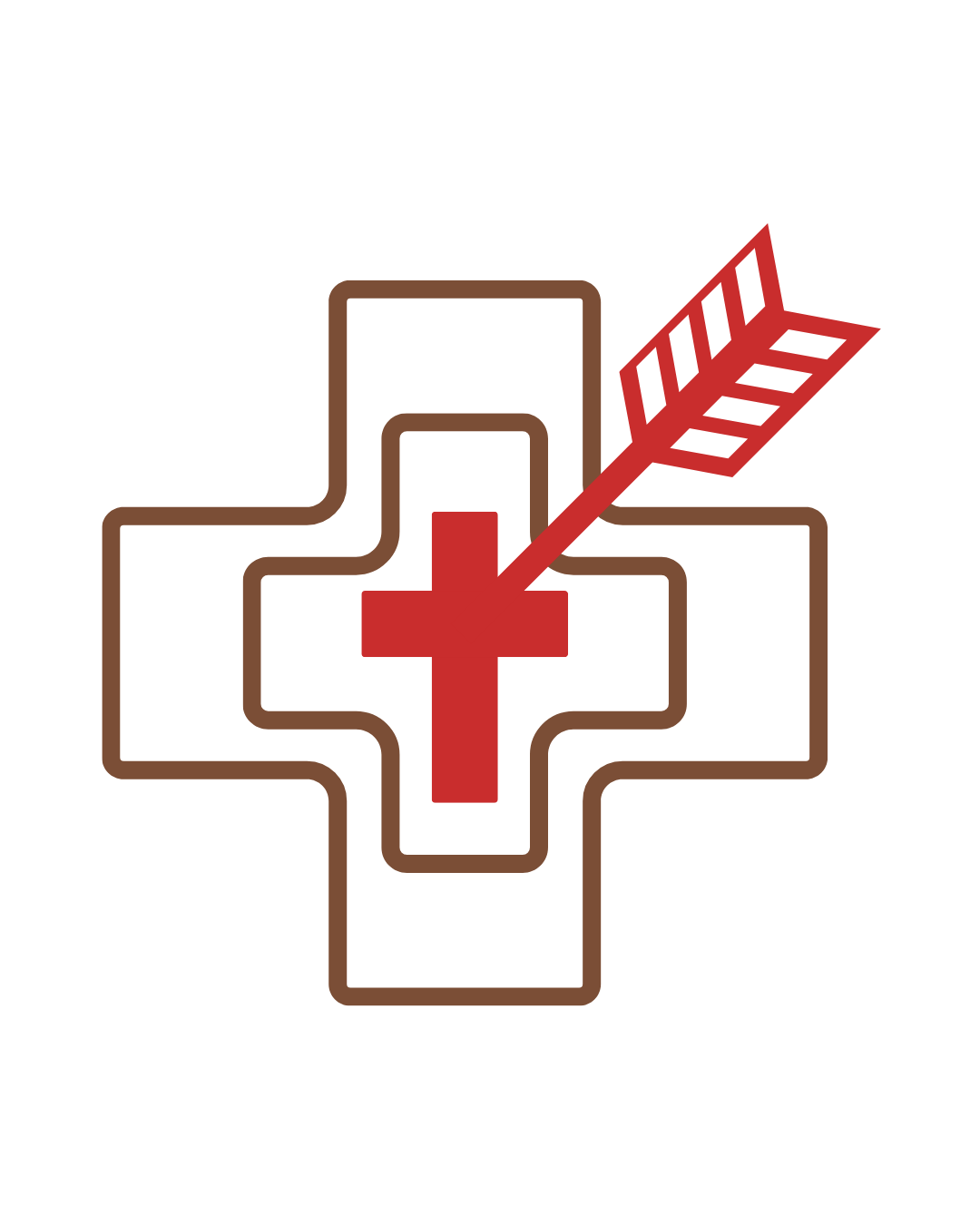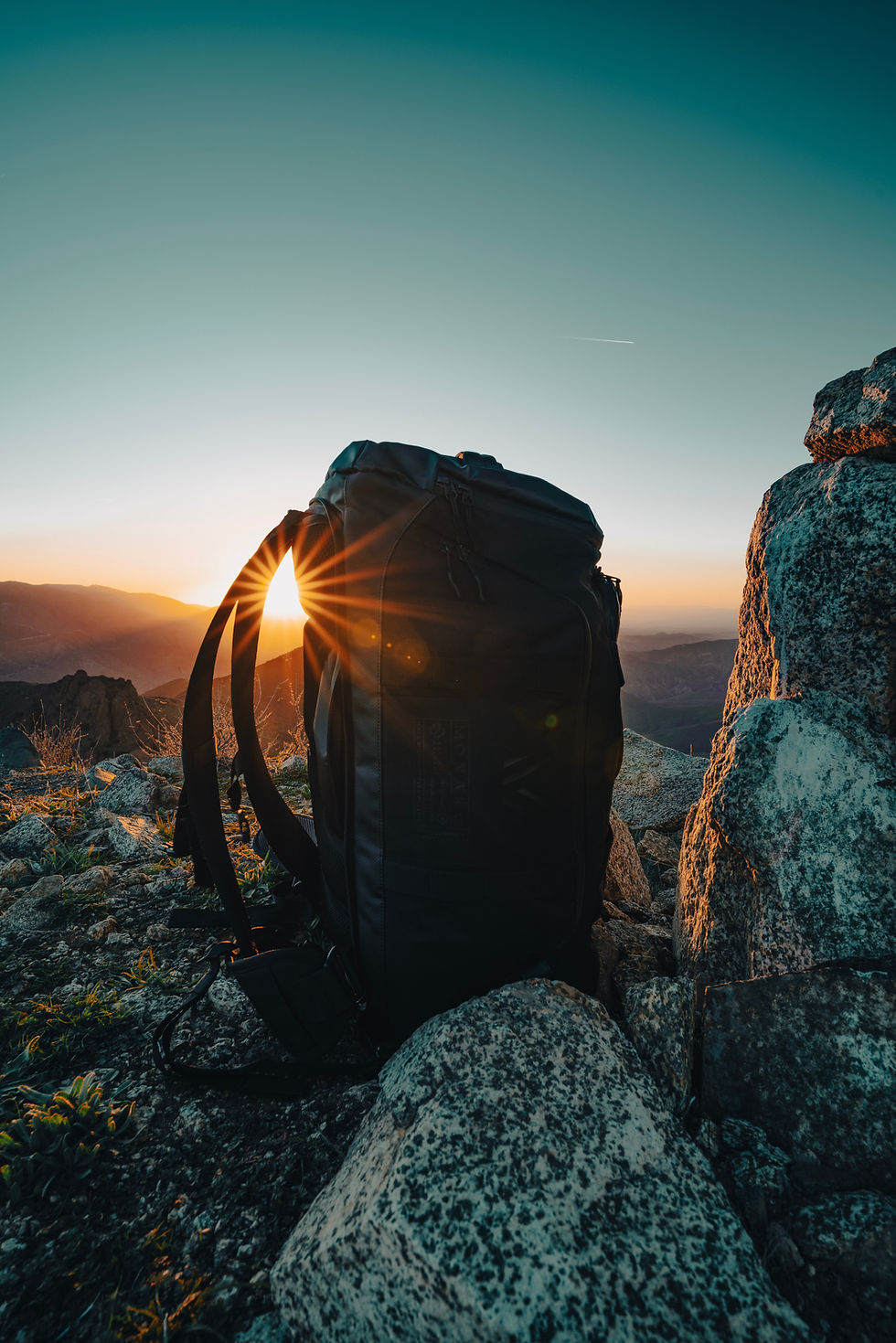A Checklist for a Mission-Ready Medical Provider: How to Prepare for a Medical Mission Trip
- Red Shot Medical

- Nov 1
- 4 min read
In this article, we’ll discuss how to prepare for medical mission trips.

The call to serve in a low-resource or high-need setting is driven by compassion and a commitment. As a medical provider preparing for a medical mission or humanitarian outreach trip, the excitement of providing care is often tempered by the complexity of the preparation.
Being truly mission-ready requires meticulous preparation across administrative, clinical, logistical, and spiritual areas. In remote settings, overlooking critical details, whether it be an expired credential or a forgotten medevac policy, can jeopardize the success of your service and the well-being of the team.
This comprehensive medical mission trip checklist breaks down the pre-mission phase into four manageable areas. Readiness is an act of responsible stewardship, ensuring the best care can be delivered without compromise.
Administrative and Ethical Preparations
Before setting out, it’s important to secure personal and professional responsibilities.
Personal Documentation and Identification

Passport/Visa Status: Passports need to be valid for at least six months after the anticipated return date. Any necessary visitor or short-term work permits and visas must also be confirmed before departure.
Mission Credentials: Depending on the location and organization, letters or other documentation outlining the intent of the mission may be necessary.
Extra Copies: Always carry backup physical copies of all critical documents (passport, licenses, plane tickets, insurance). The copies should be stored separately from the originals.
Clinical Licensure and Protections
License Status: Confirm that any professional licenses (e.g., PA, RN, MD, EMT) are active and valid for the entire mission.
Local Registration: Work closely with the sending organization or local ministries of health to understand local licensure requirements, equivalencies, or even limitations. Not all healthcare roles are universally recognized, and certain providers may be more limited in scope than in their country of origin. Always follow local laws and regulations.
Malpractice and Liability Insurance: Confirm that insurance policies will extend to the country and the scope of humanitarian work being undertaken. Many providers may require specialized coverage to protect against the legal complexities of international medical service (Cunningham Group).
Financial and Emergency Readiness
Travel and Medevac Insurance: Emergency medical transport from remote locations can cost over $100,000, and medical evacuation insurance adds an extra layer of protection (Center for Disease Control).
Banking and Currency: Banks should be notified of all travel dates and locations to protect against frozen accounts and fraudulent transactions. Arranging multiple payment methods, including local currency, should also be a priority.
Emergency Contact: Designate a reliable person back home to handle any urgent or emergent matters that occur during the trip.
Clinical Adaptation and Skills Refresh
Serving in low-resource or austere settings requires adaptability. In these situations, clinical readiness means recognizing and practicing skills not used routinely in a modern or fully equipped clinic.
Skills to Refresh
Diagnostics: Refresh skills for making diagnoses based on patient histories, physical exams, and simple tests. Access to advanced labs or imaging may not be available.
Trauma Protocols: Review or learn about specialized trauma care such as Tactical Emergency Casualty Care (TECC) or Tactical Combat Casualty Care (TCCC). These principles focus on preventable causes of death in isolated or chaotic environments.
Non-Standard and Alternative Treatments: The American standard of care or treatment may not be possible in many settings, but patients still need the best care that can be provided. Refresh skills related to things like pharmacology, wound closures, setting fractures, and deliveries.
Austere and Location Specific Preparedness
Local Health Profile: Research the common illnesses, infections, and common environmental injuries for the region. This will be critical for other aspects of preparation. The World Health Organization website is a good place to start.
Contingency Communication: Understand and practice communication protocols for requesting medical evacuations from remote field locations. If traveling to areas without reliable internet or cell phone connection, consider investing in a satellite phone.
Cultural and Linguistic Competency: Taking the time to learn basic greetings and medical phrases in the local language will go a long way to create trust and ease the diagnostic process. Humility and cultural awareness will also build trust and preserve patient dignity.
Essential Gear and Personal Preparation
Gear should be durable, redundant, and focused on self-sufficiency to reduce reliance on local resources.
Personal Medical Preparations
Pre-Mission Check-ups: Ensure any pre-existing issues (dental, vision, etc.) are resolved or can be managed personally during the mission.
Immunizations and Prophylactic Medications: Verify which immunizations are needed for the region, such as Typhoid or Yellow Fever. Also, confirm whether prophylactic treatment for diseases like Malaria is needed.
Personal Medications: Be sure to bring the full duration plus one week’s supply of any necessary prescriptions, over-the-counter medications, or corrective lenses.
Key Personal Gear

Layered Clothing: Focus on modest, lightweight, durable, and quick-drying clothing that is suitable for the environment. Natural fibers such as wool, cotton, and linen are ideal.
Durable Footwear: Two pairs of broken-in, sturdy, and comfortable walking shoes or boots are vital. Bringing a pair of sandals that can be worn in bathing facilities is also a good plan to reduce the risk of communicable fungal infections.
Water: A high-quality water filter or purification method and a large, durable water bottle are an absolute necessity. Compromising on personal hydration is unacceptable and poses a risk to the provider and puts a strain on the local resources.
Solar/Battery Power: Bring a universal adapter, power banks, and a small solar charger for communication and portable diagnostic devices.
Navigation: Carrying hard-copy maps and a compass in addition to a reliable GPS or navigation apps is recommended.
Meticulous preparation is a spiritual discipline as well as a logistical hurdle. Every item checked, document secured, and skill refreshed is an act of responsible stewardship that honors the calling to the ministry of healing. Following this guide ensures that external concerns do not detract from the mission’s true focus: demonstrating compassion and providing effective care in His name.
“They also will answer, ‘Lord, when did we see you hungry or thirsty or a stranger or needing clothes or sick or in prison, and did not help you?’ He will reply, ‘Truly I tell you, whatever you did not do for one of the least of these, you did not do for me.’” - Matthew 25:44-45




Comments